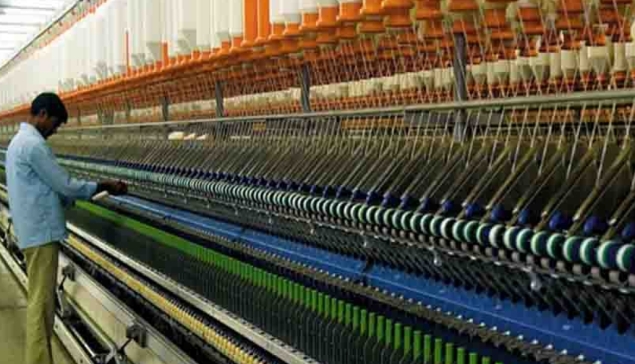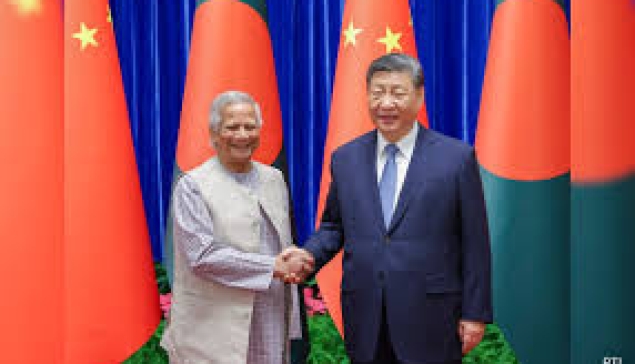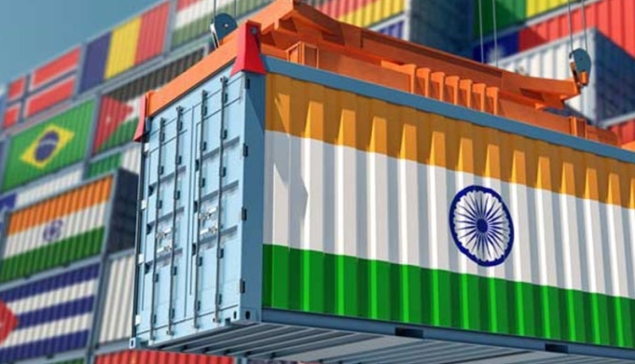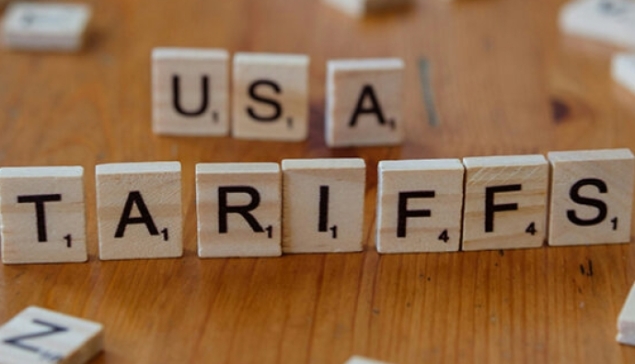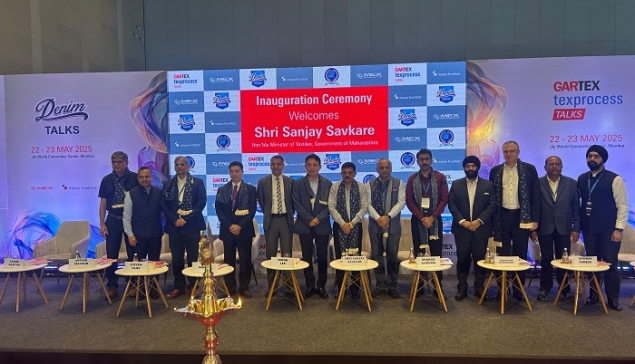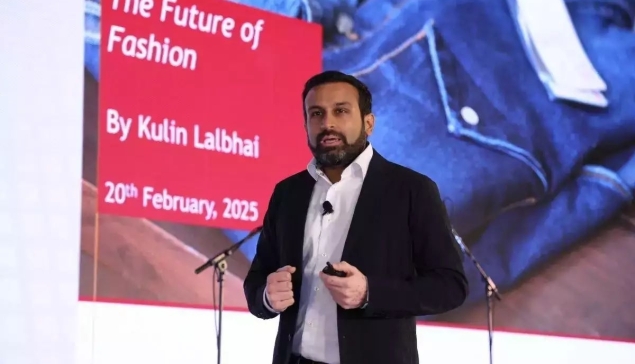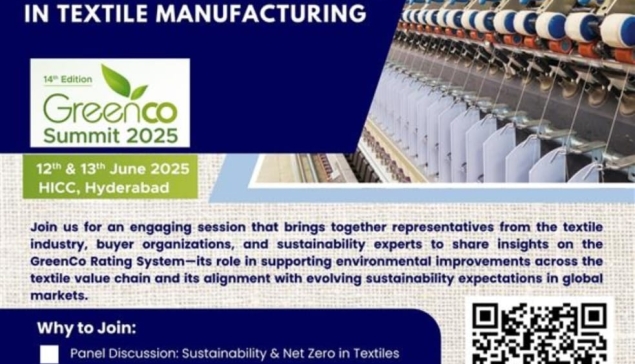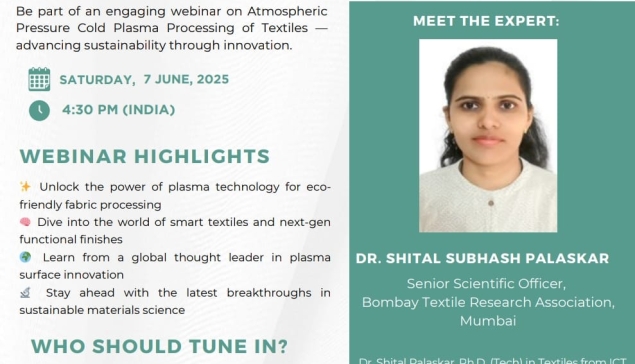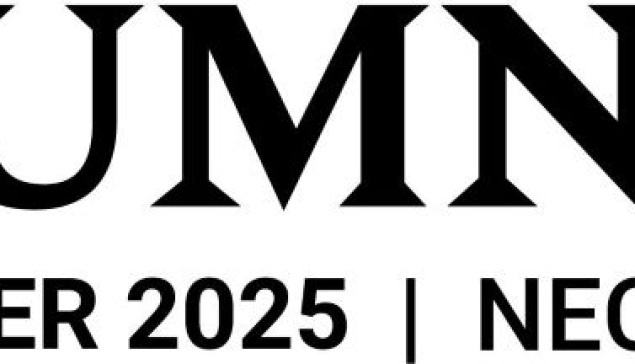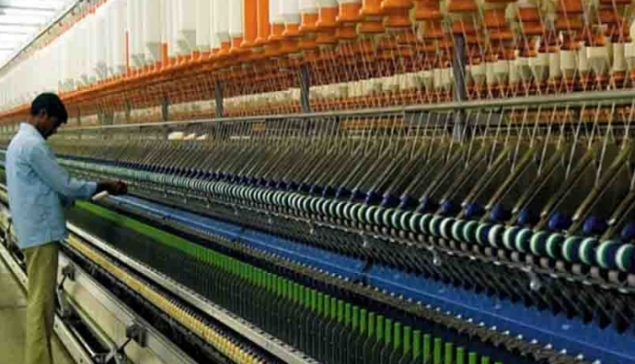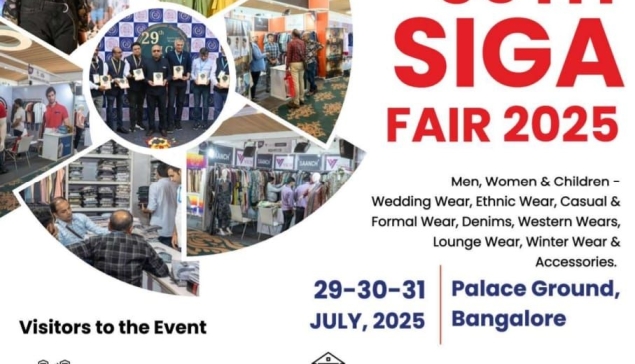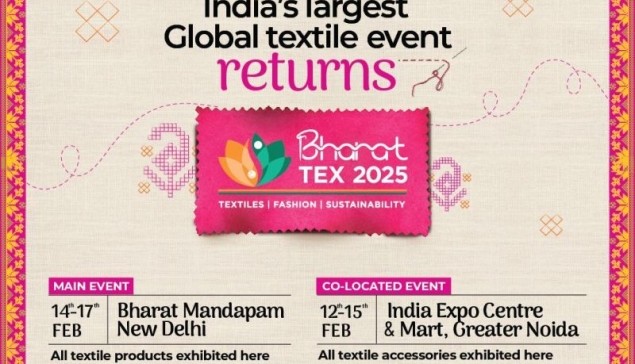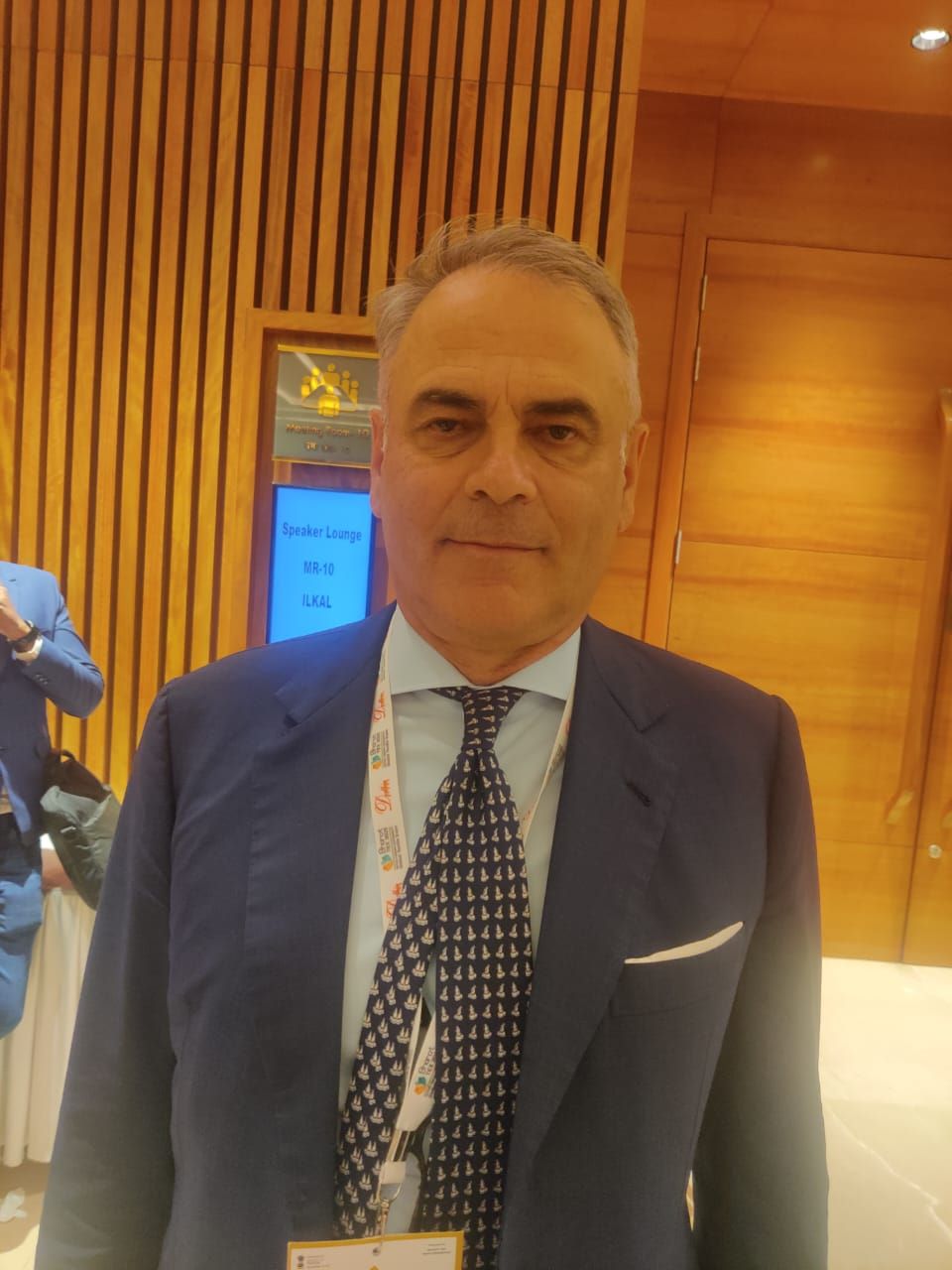India's textile industry is at a crossroads. The nation's ambition to become a global textile leader raises questions about whether this is a realistic goal or simply wishful thinking.
Speaking to Salil Chawla, Director of FashionatingWorld I DFU at Bharat Tex 2025, Giuseppe Gherzi, Managing Director of Gherzi Textile Organisation, offers a balanced view, acknowledging India's potential while stressing the need for strategic changes.
"India has the foundation," says Gherzi, "but we need to innovate." He cautions against relying solely on traditional advantages like low power and labor costs. He points out the changing textile landscape, with global investors establishing mills in India, creating both opportunities and challenges.
Gherzi emphasizes the importance of strengthening India's raw material supply and improving response times to Western market demands.
He acknowledges China's continued leadership and responsiveness, stressing the need for India to adapt its business model. "We need to change our business model in India," he states, while also noting positive developments, particularly at events like Bharat Tex. "It's aspirational yet achievable. It will happen. The question is how quickly."
Increased budgetary allocations for the textile sector have boosted optimism. While Gherzi doesn't predict a specific timeline for India's rise, he's confident in the industry's growth. "If the current textile economy is about $175 billion, including exports, projections are over $350 billion," he explains. While the exact figure is uncertain, he anticipates continued sector growth.
To accelerate this growth, Gherzi outlines key policy recommendations. "India already has policies in place and is very active," he notes, commending the Ministry of Textiles' interest and investment.
However, he stresses the need for readily available and cost-effective raw materials. He also highlights the importance of a responsive supply chain that can meet the evolving demands of international brands. "Speed, quality, and especially fast sampling" are crucial, he says, noting China's two-week advantage in sampling speed.
Geopolitics also plays a role. Gherzi observes India's favorable global position. "You're not in a conflict zone," he states, positioning India as an alternative to China and Vietnam. He emphasizes India's positive relationships with various global powers, including the US, Europe, and Russia. "We in the West understand you will be a future, or the future, manufacturing hub for textiles, along with China," he concludes.
Gherzi's assessment portrays an India poised for significant textile sector growth. While challenges remain, particularly in raw materials, supply chain responsiveness, sampling speed, proactive government policies, strategic investments, and a favorable geopolitical climate position India for a potential textile revival.

